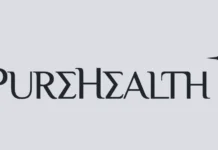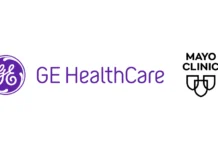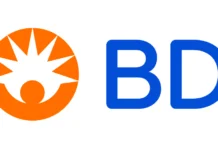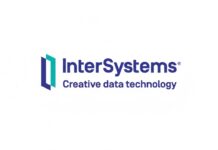Insurance mistakes slow things down. If a patient’s plan isn’t active, or coverage changes during treatment, someone has to fix it. Often that happens after care has already been delivered. That means extra work for staff, payment delays, and a higher chance of denied claims.
Most of these problems happen because something was missing or out of date. The insurance wasn’t verified or a prior authorization expired. A benefit changed but no one noticed. That’s why more healthcare organizations are starting to use tools that handle health insurance eligibility verification and track changes in coverage. These tools help staff work with accurate info from the start.
Managers who care about smoother operations, fewer billing issues, and more consistent cash flow should take a closer look.
What These Tools Actually Do
Eligibility software checks if a patient’s insurance is active before a visit or service. It pulls the most recent data from the payer and shows what’s covered, what the patient might owe, and whether any approvals are required.
Coverage tracking goes a step further. It keeps watching after that first check. If the plan changes (new payer, expired benefits, or anything else that could affect billing), it sends an alert so staff can fix it before the claim goes out.
This matters more when care happens over time. In long-term care, insurance can change during the stay. Without tracking, the claim fails, and someone has to start over.
Improvements For Staff
Insurance work had a lot of manual activity. Staff had to call payers, use old portals, and hope the information is up to date. They could find out late that the data is incorrect.
With automated checks and tracking, staff get correct info from the start. That means fewer re-submissions, appeals, and last-minute calls to fix coverage.
There are benefits for different departments. For example, front desk teams can explain patient responsibility before care starts. Billing teams get fewer claims kicked back. And case managers don’t find out too late that a service needs a new approval.
It makes the day go smoother for everyone.
What It Means For Patients
Patients get better answers when their responsibility (deductibles, copays or co-insurance) is clear. They won’t get vague estimates or surprise bills. Also, there won’t be additional confusion about the covered services.
The staff knows first is there are changes to the plan, which means patients don’t have to figure it out on their own or wait weeks for a correction.
It’s one less thing for them to worry about and it helps the organization look more competent and prepared.
What Managers Should Watch For
These tools aren’t all built the same. Some only check eligibility once. Others keep tracking over time. A few only cover certain payers. And some don’t connect well with your billing or scheduling systems.
Before you choose one, check how it fits into your current setup. It should update regularly, flag changes clearly, and work with the tools your team already uses.
You’ll also need someone to manage it. If no one follows up on alerts, they don’t do much good. Make sure the process is simple, so updates get handled without extra steps.
How It Works on Practice
Let’s say a patient starts rehabilitation with Medicare Advantage. Everything is authorized and moving forward. But halfway through, the benefits for certain services expire. If no one checks, the claim gets denied.
With tracking in place, that change gets flagged automatically. The team updates the payer info, gets a new approval if needed, and billing stays on track.
Or maybe a patient’s plan still shows active, but the benefits now require authorization for a specific service. The system flags that too, preventing the billing team from sending a claim that won’t get paid.
These things happen frequently. The only difference is whether the system catches them early or the staff has to clean them up later.
Why Is It Worth Investment
Tools that check eligibility and track coverage changes help reduce delays and extra work. Claims go out cleaner and fewer things need to be fixed later when the right insurance info is in the system early.
This helps with revenue, patient communication, and staff workload. It also makes the day more manageable for teams who deal with billing or authorizations.
What to Ask The Vendor
If you’re thinking about a system like this, ask how many payers it supports. Find out if it can track changes over time and whether it connects directly to your EHR or billing platform.
Also check how alerts are delivered and what happens when coverage changes. We also advise checking about training and support, and what kind of reports are included.
These tools are meant to save time and reduce mistakes.
Final Word
These tools won’t fix every issue. But they help catch problems before they start, saving time, reducing stress, and keeping the whole system moving more smoothly.
If you manage people, processes, or outcomes, this is one upgrade that pays for itself.


















